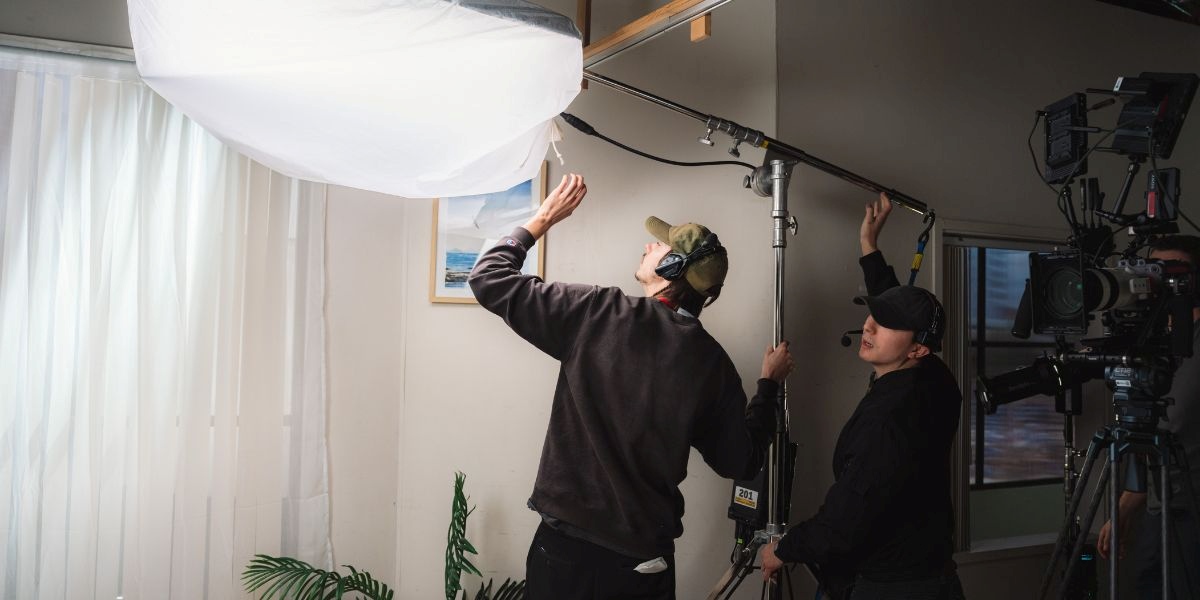While many people who undertake construction or maintenance work in their homes are familiar with concrete and cement, not many know the composition and usefulness of screed. Many types of screed, including concrete and cement screed, are used for various purposes, including flooring, layering, and roofing. This guide covers the various types of screed and their functions.
What is Screed?
Some types of screed are left exposed in warehouses and storage units. These screeds serve as an underlayer, providing a smooth, level surface before installing wood, carpet, or tiles. Typically made from a combination of cement, sand, and small granules, they can also include fiber to enhance the fixture placed on top. When purchasing and mixing screed for a project, factors such as thickness, properties, and durability as a fixture should be carefully considered.
Composition
Most screeds are made with cement and sand combined in a ratio of 1:3 or 1:5, with additives to assist with increased surface finish, durability, drying time, footfall, weight capacity and suitability to fixtures such as tiles or carpets.
Many modern types of screed don’t require mixing by hand. These self-compacting versions, made with calcium sulfate, are pumped through a hose and then leveled to create a smooth surface for applying fixtures on top.
Self-compacting screeds must dry down completely before fixtures are placed on top; hence are not suitable for bathrooms, swimming pools or steam rooms. Remember that all screeds expand as they cure, so one must take care, especially in concrete screed, to prevent breakage and cuts.
Types of Screeds
-
Bonded Screed
This type of screed is best suited to areas with high load and footfall but limited surface area. The screed used has a potent bonding agent and primer attached to the substrate, with the fixture laid firmly on top. It is usually available in thicknesses of 25-40 mm but can be as narrow as 12 mm. Screeds like this are commonly found in underfloor heating systems, some forms of plumbing systems, landscaping, driveways, and parking.
-
Unbonded Screed
Unbonded screeds are used most often when a moisture-proof barrier is required, in similar applications to bonded screeds. A damp-proof membrane is attached below an unbonded screed, which prevents damp from getting through to the screed layer. The thickness is usually 30-55 mm, with calcium sulphate used more commonly in this type of screed than bonded screed.
The advantage of an unbonded screed is that it does not shrink or expand like a bonded screed, ensuring longevity and preventing fast drying.
-
Flow Screed
Heating installations are the main construction where a flow screed is utilized since the smooth finish helps create heat conduction. These are also called self-compacting screeds and are a newer, more efficient form of screed, given their easy installation mechanism. Flow screeds are mostly made from calcium sulphate, but many newer types in the market contain copolymer and cement.
Among various types of flow screeds are Anhydrite & cementitious flowing screeds, concrete self-levelling, and levelling screeds, differentiated based on thickness, which ranges between 15-80 mm for anhydrite screeds and 50-100mm for concrete ones.
With fast drying times enabling quick installation, these screeds can handle light traffic as early as 24-48 hours after drying.
-
Underfloor Heating Screed
These screeds are ideal for heating systems because they prevent moisture from leaking in, are durable, ensure heat distribution and prevent hot and cold spots across the surface. Underfloor heating systems, common in buildings, from small homes to large hotels and offices, commonly use this screed, which is applied over insulation, geysers, and heating pipes to help distribute heat across the floor surface. These optimize the performance of underfloor heating systems in various ways, including additions such as fibres into the screed mixture, which reduces the thickness of the coat to 50 mm.
For lesser thickness, calcium sulphate underfloor heating screed can be used, which brings thickness down to as little as 40 mm, including the thickness of heating pipes.
-
Floating Screed
These are also contemporary and efficient replacements of older concrete and cement screed types, ideal for insulation in underfloor heating systems. These are also ideal for use in hotels or office buildings for soundproofing purposes since they are fast-drying and long-lasting.
Floating screeds are applied over insulation pipes, ensuring a smoother surface for heat conduction and thermal efficiency. While the typical thickness depends on the load the screed is covering, it can be lowered to 35 mm-40 mm when used in the calcium sulphate variety instead of the regular. However, larger buildings require 65-75 mm of regular screed for efficient underfloor heating.
Choosing the Right Screed for Your Build
Beyond these 5, many derivatives and forms of screeds are customizable to different buildings or construction projects. It is, therefore, worth consulting with chemical manufacturing companies in UAE to find the most suitable, within-budget screed for a specific project.
Published by Zane L.






